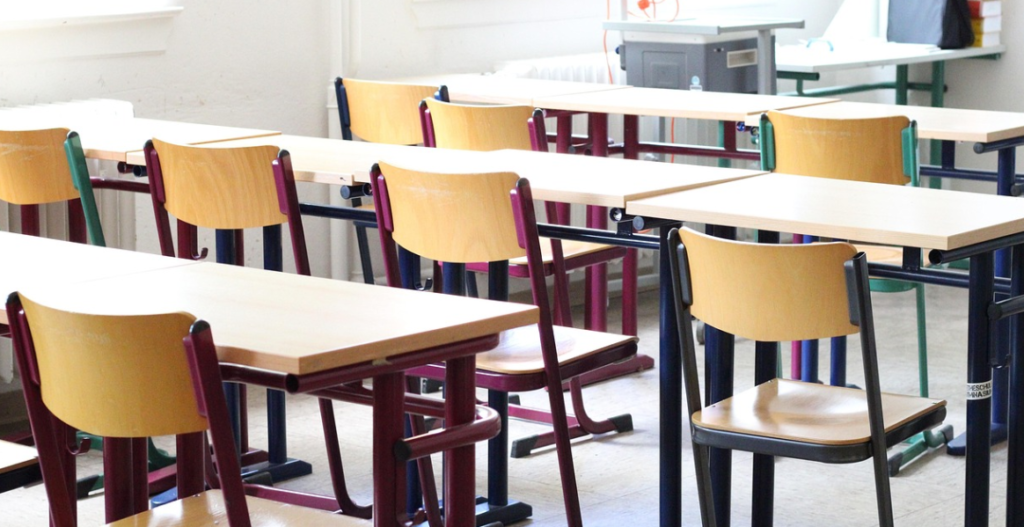In classrooms across the world, a quiet yet significant shift is occurring—the steady disappearance of arts education. Music, theater, visual arts, and dance programs are being scaled back or eliminated entirely in favor of subjects deemed more “practical” or testable, such as math and science. While STEM education is undeniably important, the sidelining of the arts signals a troubling trend that threatens to undermine the holistic development of students and the cultural richness of society.
1. The Shrinking Presence of the Arts
Budget cuts, standardized testing pressures, and policy changes have led many schools to deprioritize or completely remove arts programs. This issue is particularly pronounced in underfunded public schools, where resources are limited and administrators are forced to make difficult choices.
Key Factors Contributing to the Decline:
- Budget Constraints: Arts programs are often the first to go when schools face financial difficulties.
- Focus on Standardized Testing: Subjects not measured by standardized tests receive less attention and support.
- Misconceptions About Utility: There is a widespread belief that arts education is non-essential or frivolous.
2. Why Arts Education Matters
Fostering Creativity and Innovation
The arts nurture imagination, creative problem-solving, and innovation—skills that are essential in any field. Many leaders in science and technology credit their creative abilities to early exposure to the arts.
Supporting Emotional and Social Development
Arts education provides a powerful outlet for self-expression, emotional regulation, and communication. Participating in group performances or collaborative projects also enhances teamwork and empathy.
Enhancing Academic Performance
Studies have shown that students involved in the arts perform better academically. Arts engagement is linked to improved reading comprehension, math skills, and cognitive development.
Preserving Cultural Heritage and Identity
Through the arts, students learn about their own cultures and those of others. This fosters appreciation, inclusion, and a broader worldview.
3. The Equity Issue in Arts Access
The decline of arts education disproportionately affects students from low-income backgrounds. Wealthier districts often have the resources to maintain robust arts programs, while marginalized communities see theirs disappear. This disparity creates a cultural and creative divide, further entrenching inequality.
4. Reimagining Arts Education for the Future
To reverse this trend, education systems need to recognize the arts not as an add-on, but as a core part of learning. Solutions include:
- Integrating the Arts Across the Curriculum: Linking arts with subjects like history or science can deepen understanding and engagement.
- Community Partnerships: Collaborating with local artists, museums, and organizations to bring arts education into schools.
- Policy Change and Advocacy: Encouraging governments to protect and fund arts programs.
- Professional Development for Teachers: Training educators to incorporate creative thinking and artistic approaches in their teaching.
5. Conclusion
The disappearance of arts education is a silent crisis with loud consequences. In sidelining the arts, we risk producing generations of students less equipped to think critically, feel deeply, and imagine boldly. It’s time to reclaim the arts as a vital component of education—one that shapes not just smarter students, but more compassionate, innovative, and culturally aware citizens. By investing in arts education today, we invest in a more vibrant and human future.


